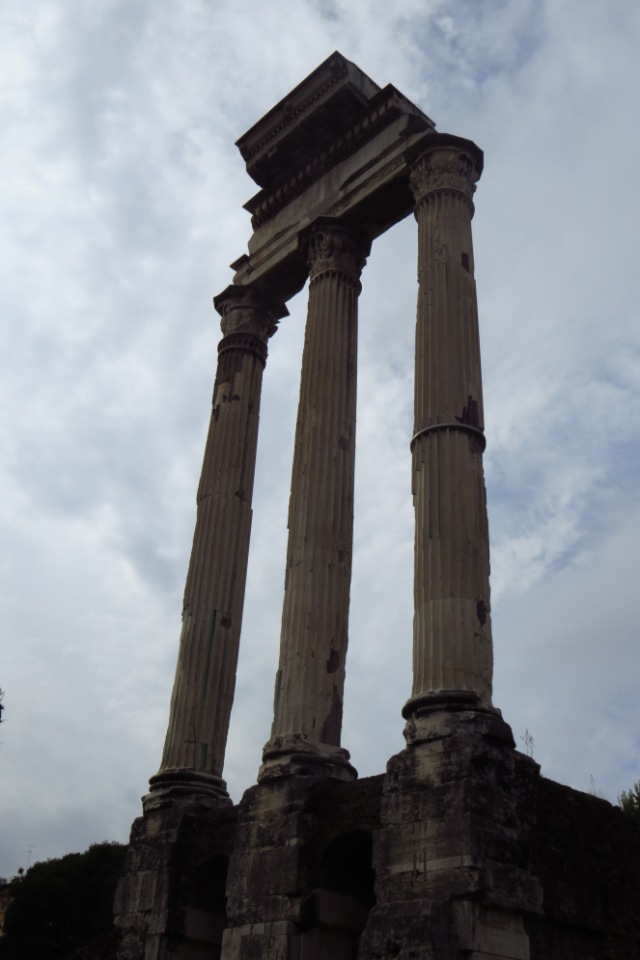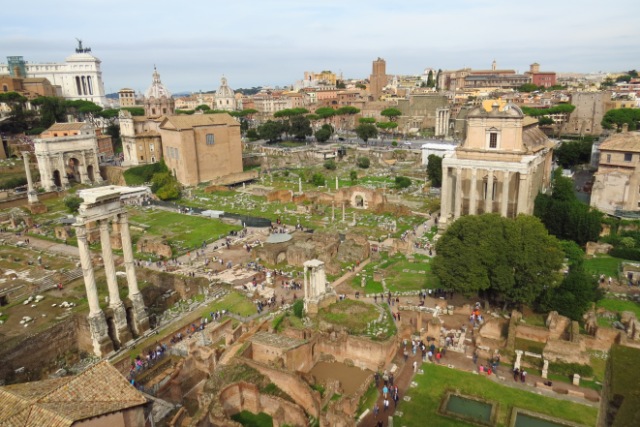
It might be long gone but the glory of the Roman Empire still lives on in Rome. Mostly in the form of the city’s most famous attraction, the mighty Colosseum, where gladiators and wild animals fought each other, and the Forum, where Roman senators and leaders used to meet to run their empire, but also numerous other buildings, ruins, castle, and even a 1.5 km road that is still very much in use.
I found the Colosseum impressive as it was built over 2,000 years ago as the Roman equivalent of today’s football stadiums but it was still quite as large as modern stadiums. Obviously, it’s been extensively renovated but it was good to see that the Colosseum is very much still intact. Once inside, you get to walk around the inner bowels and the spectator stands where you can imagine watching gladiators fighting in front of tens of thousands of bloodcrazed Romans.
The Colosseum is next to the Forum, which was the centerpiece of ancient Rome where the government used to meet, but which now exists as an impressive collection of ruins including towering columns, halls, and statues. Next to the Forum is the Palatine Hill, where many rich Romans used to reside.
After you leave the Forum, one can walk straight up the Capitoline Hill to the Piazza del Campidoglio, designed by the great Michaelangelo. A statue of Marcus Aurelius (one of Rome’s greatest emperors and who was in the movie Gladiator) mounted on a horse stands in the middle of a piazza surrounded by three exquisite buildings which house the Capitoline Museum.
My next stop was to fast forward over a thousand years in history to visit a giant hall that pays tribute to the first king of modern Italy, Vittorio Emmanuelle II, who ruled a unified Italy from 1861 to 1878. This massive all-white building fronted by columns looks impressive though apparently some locals feel it looks very out of place and is too extravagant.
From the Vittorio Emmanuelle II memorial, one can walk across the roundabout to the Via del Corso, a 1.5 km road which the Romans built. On either side of this straight shopping street are elegant low-rise government and historical buildings, stores, and many lanes. To the east of the Via del Corso are historical structures like the Spanish Steps and Trevi Fountain. I know Rome was full of history, but actually being in the midst of all these historical structures that still existed as part of modern neighborhoods and not as isolated sites was a memorable feeling.
It was notable that Rome’s subway was the grimiest and dodgiest one I’d ever taken (Toronto’s TTC subway was previously the dodgiest I’d ever taken). The trains were covered in graffiti and the platforms were slightly dark, which made me feel a little uncomfortable. Fortunately, I encountered no problems.
All in all, this was a fantastic first full day in the Eternal City.
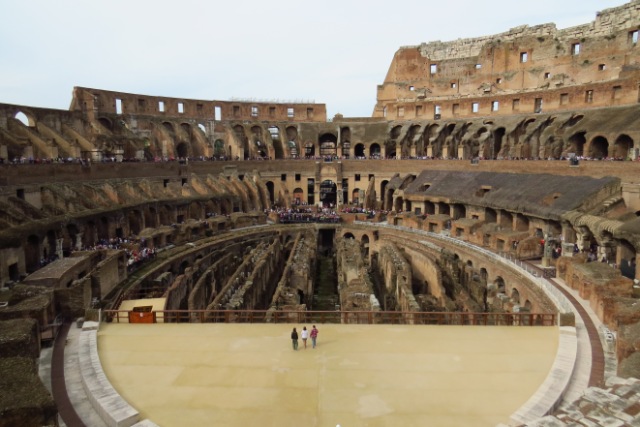

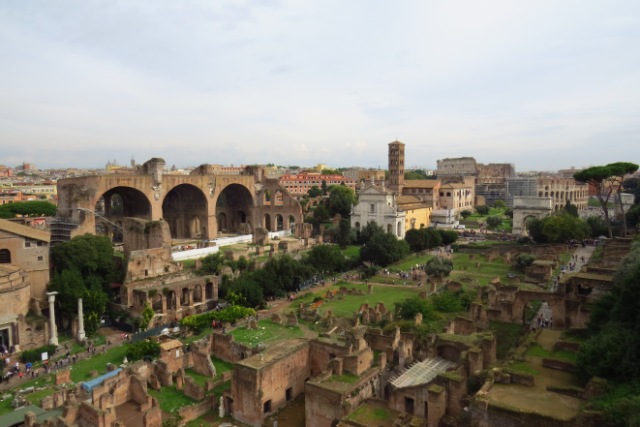
From the Palatine Hill looking over the Forum. The Colosseum is in the back next to the tower.
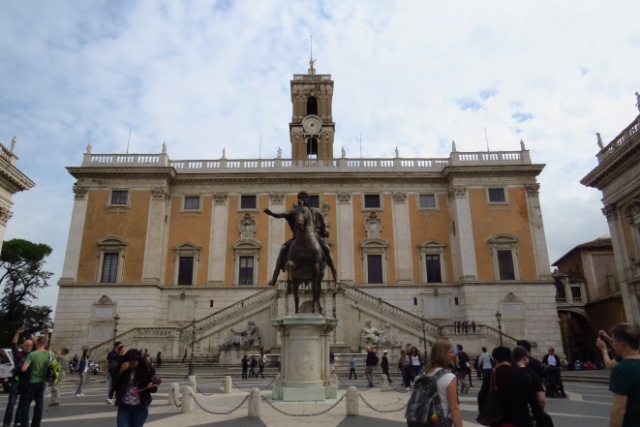
Piazza del Campidoglio

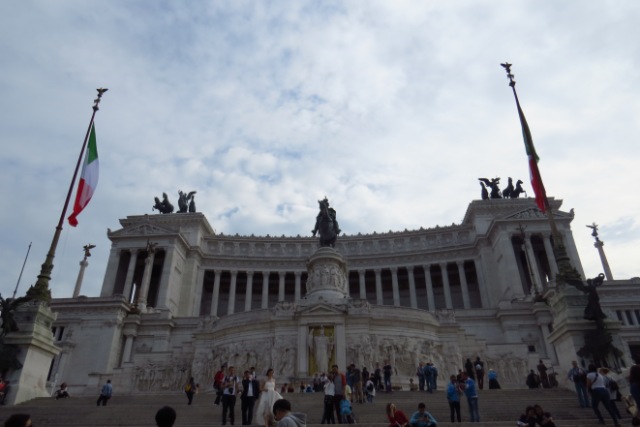
Some Romans consider this monument to Italy’s first king Vittorio Emmanuelle II a little too grandiose.




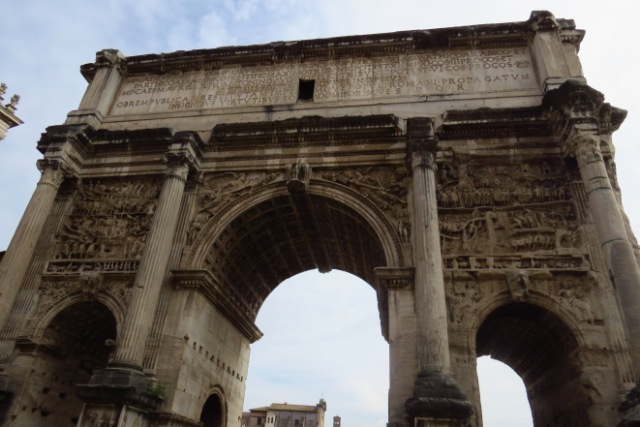


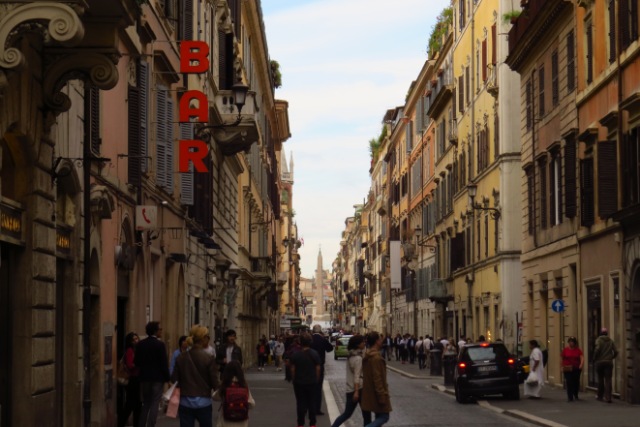
Walking up the Via del Corso

The northern end of the Via del Corso, marked by two churches on both sides

Interior of one of the churches
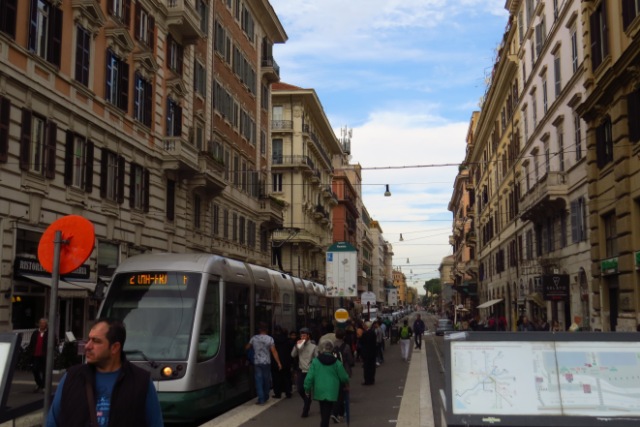

This graffiti looks pretty good but I saw worse which I didn’t bother to take a photo of.

Angry gull

